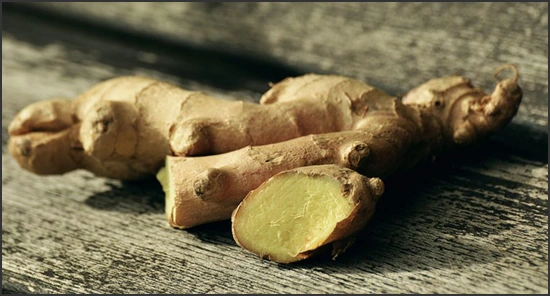Powerful Therapeutic Spices in Medicine
Course Number: 549
Course Contents
Ginger (Zingiber officinale)
Five slices of ginger contains:1
9 calories
0.1 grams of fat, sugar, sodium
0.2 grams protein
0.2 grams of fiber
1% vitamin C and magnesium
Ginger is a tropical plant that belongs to the Zingiberacceae family.11 It has been used for centuries as a spice and food supplement as well as in CAM herbal therapy, particularly with patients experiencing nausea from pregnancy, motion sickness, or chemotherapy.11 Ginger works by blocking the effects of serotonin, a chemical produced by the brain and stomach when a patient is nauseated.12 In a recent study, ginger was equally as effective in relieving motion sickness as Dramamine.12 In a double blind study of women being treated for breast cancer, 500 mg of powered ginger was administered twice a day for three days. This benefited those patients experiencing nausea and vomiting associated with chemotherapy.11 During pregnancy, approximately 70-80% of women experience nausea and vomiting.13 Many new studies have taken a therapeutic approach to treat pregnancy induced sickness. Ginger has a long history of pharmaceutical application, especially in China, Japan, and India.13 According to the results, ginger is a simple, accessible and convenient approach to gestational nausea.13
Orally, studies have demonstrated that gingerol, a compound in ginger, poses both antiviral and antifungal agents that promote salivary flow and reduce oral candidiasis.6
Ginger has an excellent safety profile. The most common side effect was gastrointestinal irritation.8 Due to the pungent nature of ginger, high doses may cause heartburn. Patients on blood thinners, such as warfarin, should avoid ginger due to its anti-coagulate properties.8
In culinary use, ginger may be used fresh in hot teas, winter soups, or grated and pressed to enhance the flavor of fish and stir-fries.


